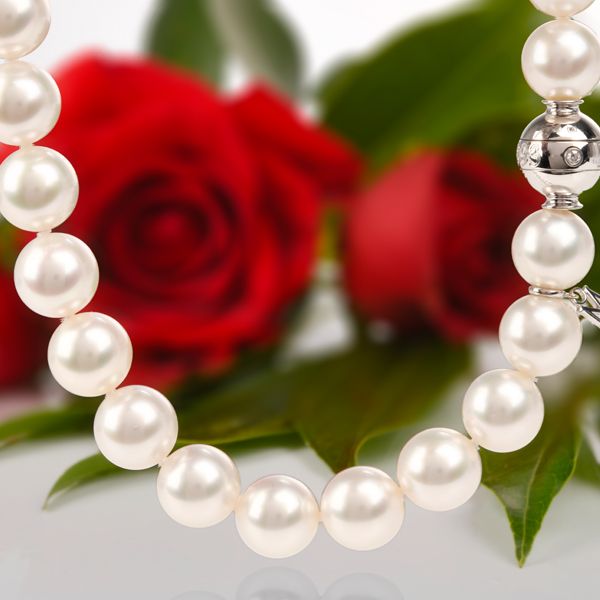
Valentine’s Day: A Ritual Shrouded in Mystery
On the 14th day of February of each year flowers and gifts are exchanged amongst the loved ones In abundant quantities, within the United States as well as in some other parts of the world, This is done in the name of St. Valentine after whom the 14th day of February has been named.
Dover Jewelry & Diamonds has, every year offered special opportunities to all brides to be and their grooms, facilitating the act of proposal which as a rule is a a ritual particular to Valentine’s Day.
Origins of Valentine’s Day Ritual
Though the exact origins of the holiday remain unconfirmed, one good place to start would be ancient Rome, reading what historians have taught us. Some of their counts may seem strange or even hard to accept in our contemporary era!
From Feb. 13 to 15, ancient Romans celebrated the feast of Lupercalia during which time men sacrificed a goat and a dog, before whipping women with the hides of the animals they had slain.
According to Noel Lenski, historian at the University of Colorado, the romantic Romans were drunk and often naked while young women would line up for the men to hit them, believing that this would increase their fertility!
The rather brutal Roman feast also included a matchmaking lottery, whereby young men drew the names of women from a jar. The pair would then be coupled up for the duration of the festival or longer, if the match happened to be right and appealing!
Certain historians have also put forth that the name given to February 14th, our modern ‘day of love’ is also attributable to ancient Romans. Emperor Claudius II is said to have executed two men, both named Valentine, on Feb. 14 of distinct years in the 3rd century A.D. Their martyrdom was honored by the Catholic Church with the celebration of St. Valentine’s Day.
At a later point of time, in the 5th century, Pope Gelasius combined St. Valentine’s Day with Lupercalia to expel the pagan rituals. The new festival was more than a theatrical interpretation of what it had been previously, and entailed new changes enforced by Christians, such as demanding the hitherto naked drunk men to appear in decent outfits. However, the new rule did not change the meaning of the day which had always been ‘one of fertility and love.”
Valentine’s Day in World Literature
As the years went by the ceremony gained greater momentum as Chaucer and Shakespeare romanticized it in their work, leading to widespread popularity throughout Britain and the rest of Europe. Handmade paper cards became the vogue in the Middle Ages.
And eventually the tradition made its way to the New World. The industrial revolution produced factory-made cards in the 19th century, and in 1913, Hallmark Cards Co. of Kansas City began mass producing Valentines greeting cards. Since then, the February 14th celebration has turned into important event viewed socially and economically, as market research indicates. Another evolution in the widespread celebration of Valentine’s Day there was the planning of proposals and engagements on or around February 14. This evolution promoted the exchange of jewelry, specially engagement rings during that period.
The romantic Valentine’s Day has survived the passage of time and continues to be celebrated in a variety of ways. Many would buy jewelry and flowers for their beloved. Others will celebrate by dining alone and enjoying self-gifted chocolates. A few may even be spending this day the same way the early Romans did.
VB


